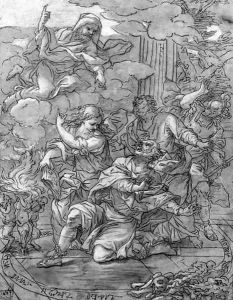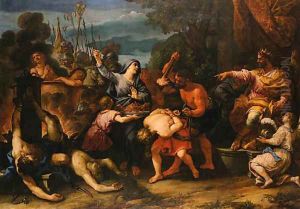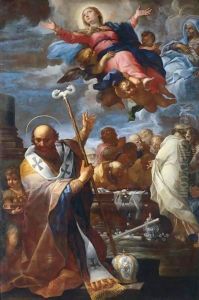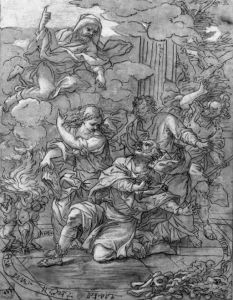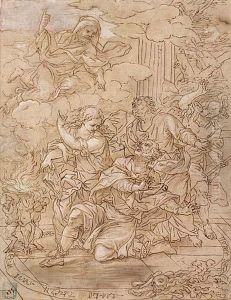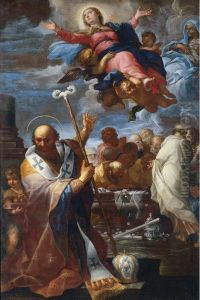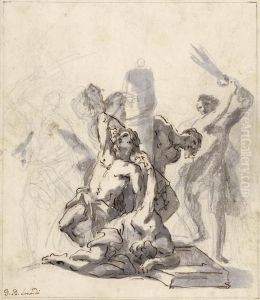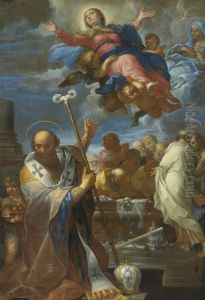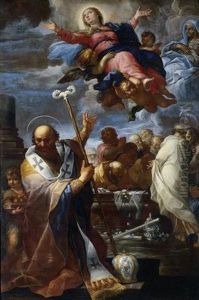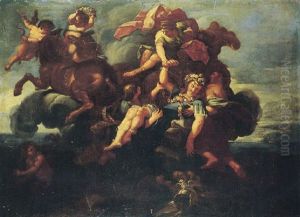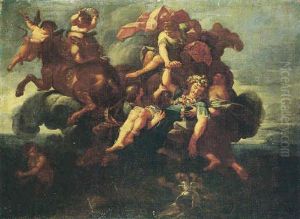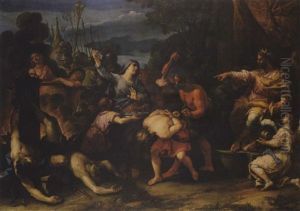Giovanni Battista Lenardi Paintings
Giovanni Battista Lenardi was an Italian painter of the Baroque period, active mainly in Rome. He was born in 1656 in Rome to a family with artistic interests; his father, Pietro, was also a painter, although not as well-known as his son would become. Lenardi's training began under the tutelage of his father and later, he became a pupil of the prominent Baroque artist, Lazzaro Baldi. His style was also influenced by the works of Pietro da Cortona, one of the leading painters of Roman Baroque.
Lenardi's body of work includes religious paintings, frescoes, and portraits, showcasing his versatility as an artist. He is particularly noted for his fresco work, which is characterized by dynamic compositions, a strong sense of movement, and the effective use of chiaroscuro to create dramatic effects. Over time, Lenardi developed a reputation for his skill in large-scale frescoes which adorned many churches and palaces in Rome.
One of his most significant commissions was the decoration of the cupola and pendentives in the sacristy of San Nicola da Tolentino in Rome, which he completed with the help of his pupils, including the young Giuseppe Passeri, who would later become an accomplished painter in his own right. This work demonstrates Lenardi's mastery of fresco painting and his ability to convey complex biblical narratives through art.
Despite his achievements, Giovanni Battista Lenardi's works have often been overshadowed by those of his more famous contemporaries like Gian Lorenzo Bernini and Pietro da Cortona. Nevertheless, his contributions to the Roman Baroque style have been recognized by art historians, and his paintings remain appreciated for their artistic merit. Giovanni Battista Lenardi died in 1704 in Rome, leaving behind a legacy of art that continues to be studied and admired for its vibrancy and emotional depth in the context of Baroque artistic expression.
